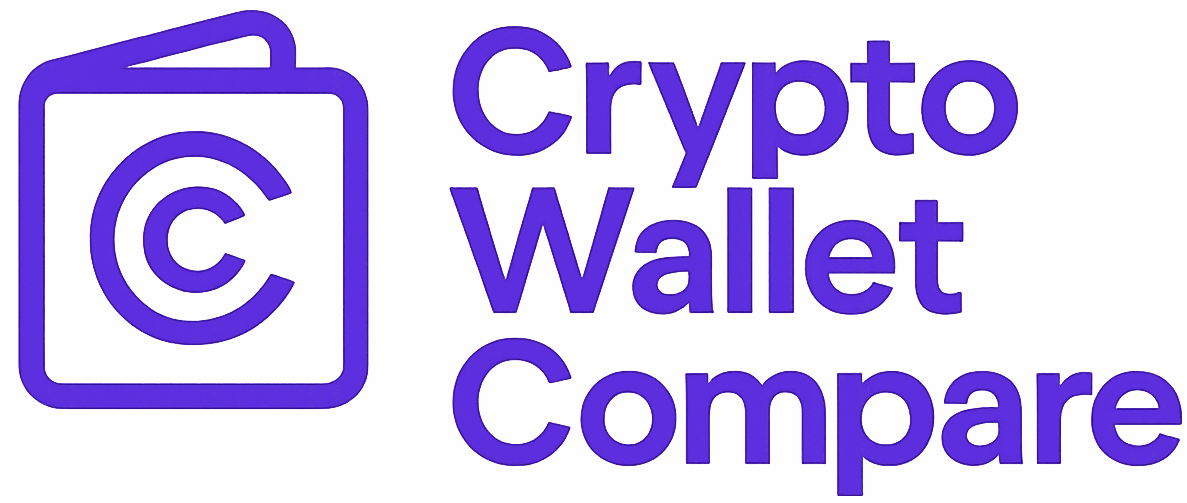Ready to take control of your crypto? If you’re comparing Ledger vs Trezor for your first hardware wallet, you’ve landed in the right place. Both brands are industry titans, but their core philosophies and features differ in ways that matter for beginners and seasoned traders alike. Let’s break down the key differences visually and functionally – so you can pick the device that fits your style and security needs.

Design and Build Quality: Metal vs Plastic, Touch vs Buttons
Ledger models stand out with a sleek brushed stainless steel shell – think USB flash drive with attitude. This industrial design isn’t just for looks; it’s built to survive drops and daily wear. The Ledger Stax ups the ante with a larger grayscale touchscreen, while the Nano X keeps things compact and travel-friendly.
Trezor, on the other hand, opts for lightweight plastic. The flagship Trezor Model T boasts a bright color touchscreen that makes PIN entry and recovery phrase setup a breeze. The entry-level Model One uses physical buttons and a smaller screen – simple, but effective.
Supported Cryptocurrencies: Go Big or Keep It Simple?
This is where Ledger flexes hard: over 5,500 cryptocurrencies supported. If you’re planning to dive into altcoins, NFTs, or manage complex DeFi portfolios across multiple chains, Ledger’s compatibility is unmatched (source). Trezor supports over 1,800 coins – more than enough for Bitcoin and Ethereum maximalists or anyone sticking to major assets. But if you want Monero (XMR), Cardano (ADA), or Ripple (XRP) on the Model One? You’ll hit limitations.
Key Differences in Coin Support: Ledger vs Trezor
-
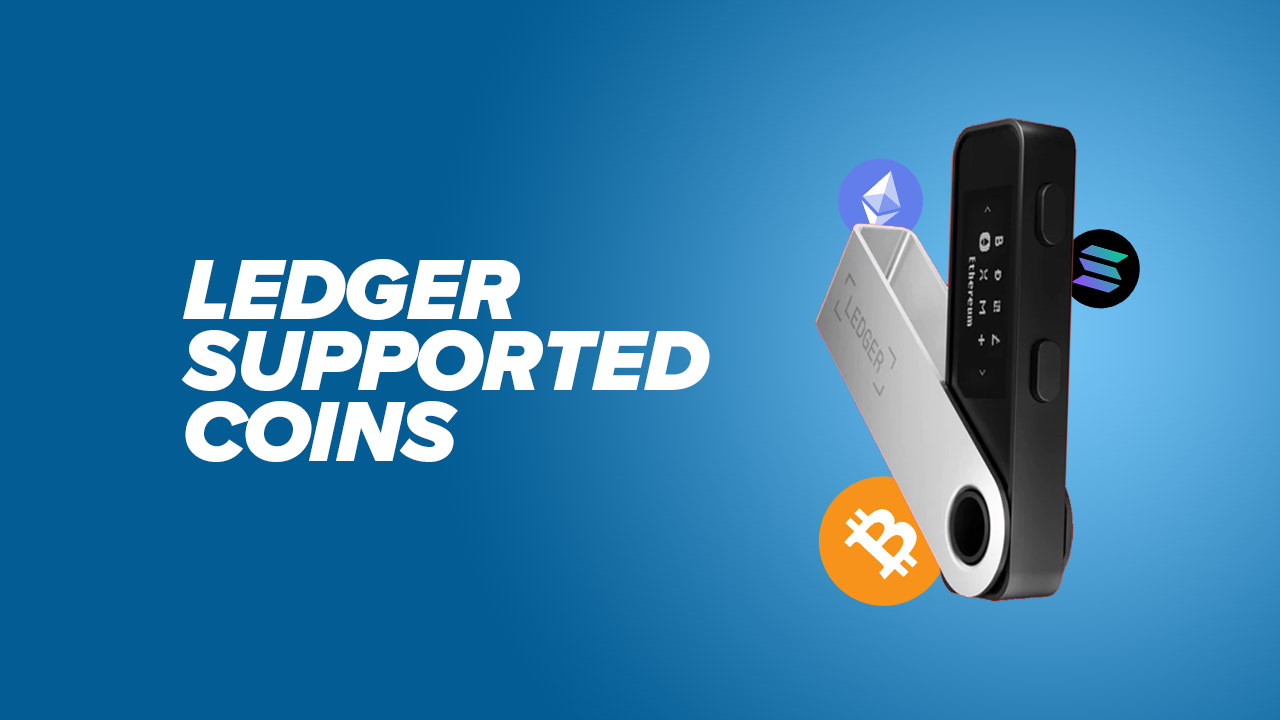
Ledger supports over 5,500 cryptocurrencies, making it one of the most versatile wallets for diverse portfolios. This broad compatibility includes major coins and a wide range of altcoins.
-
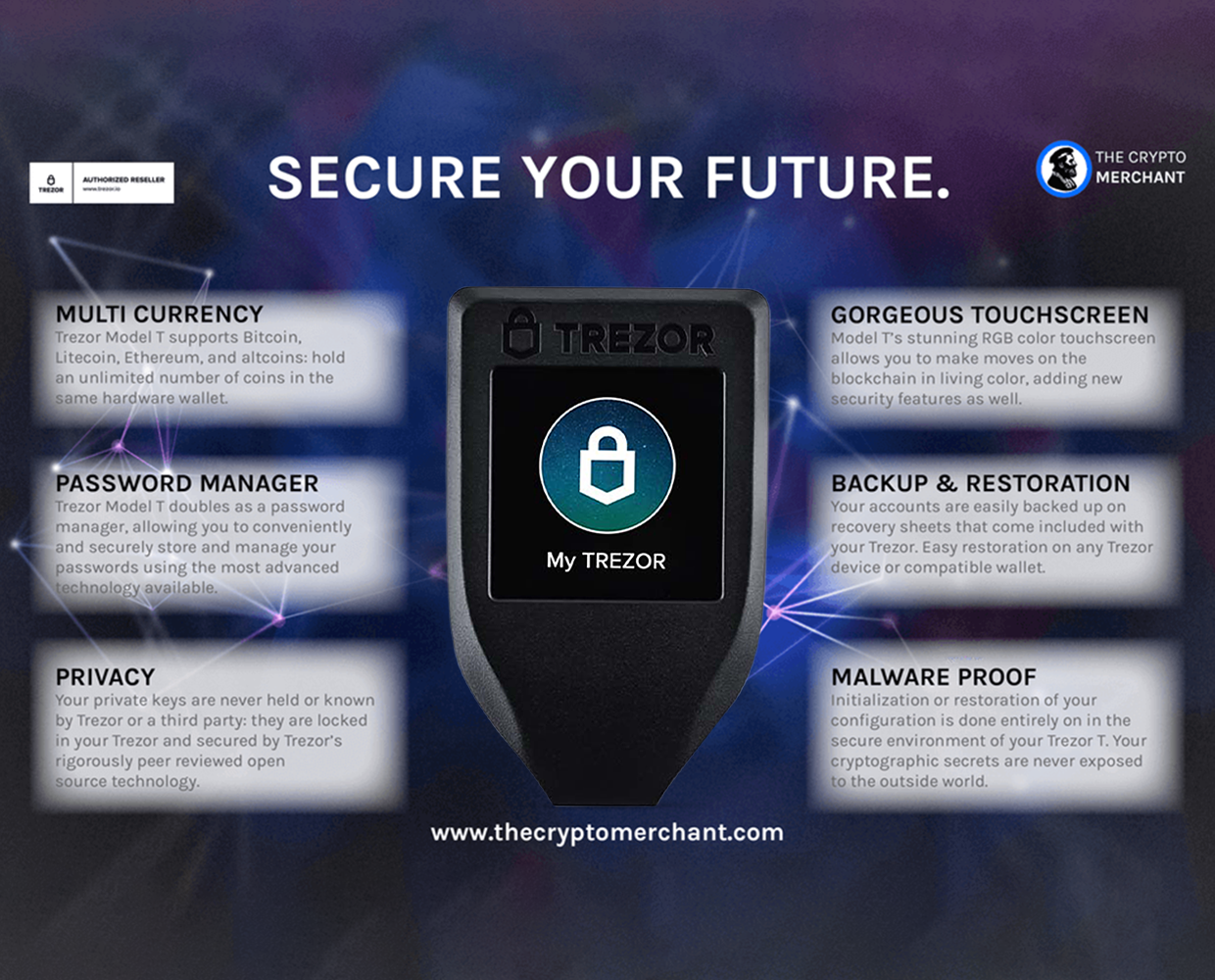
Trezor supports over 1,800 cryptocurrencies, covering most popular assets but with a narrower selection compared to Ledger. The Trezor Model T offers the widest support within the Trezor lineup.
-
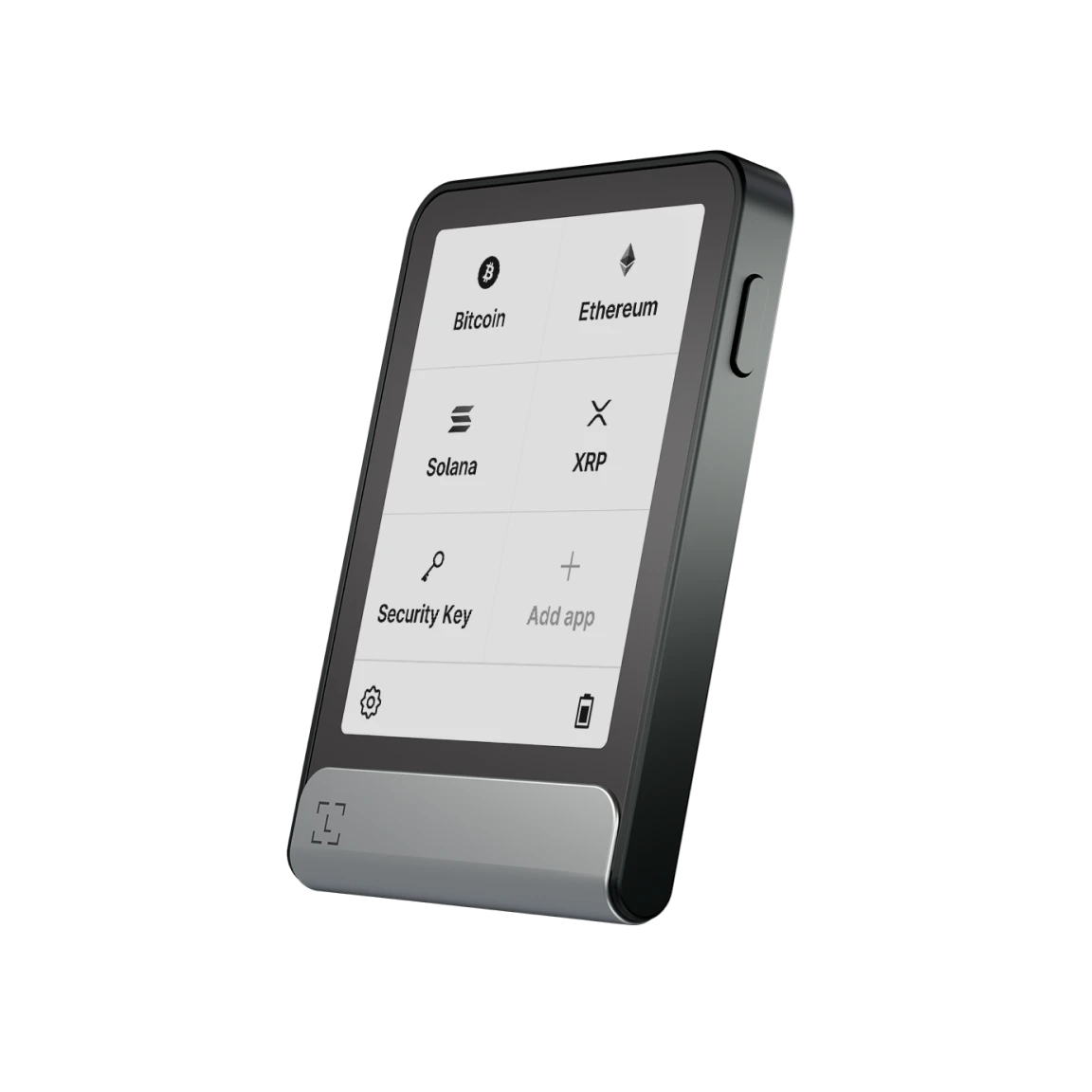
Ledger enables storage of coins like Ripple (XRP), Cardano (ADA), and Monero (XMR)—assets not available on the Trezor Model One. This is crucial for users holding these specific cryptocurrencies.
-
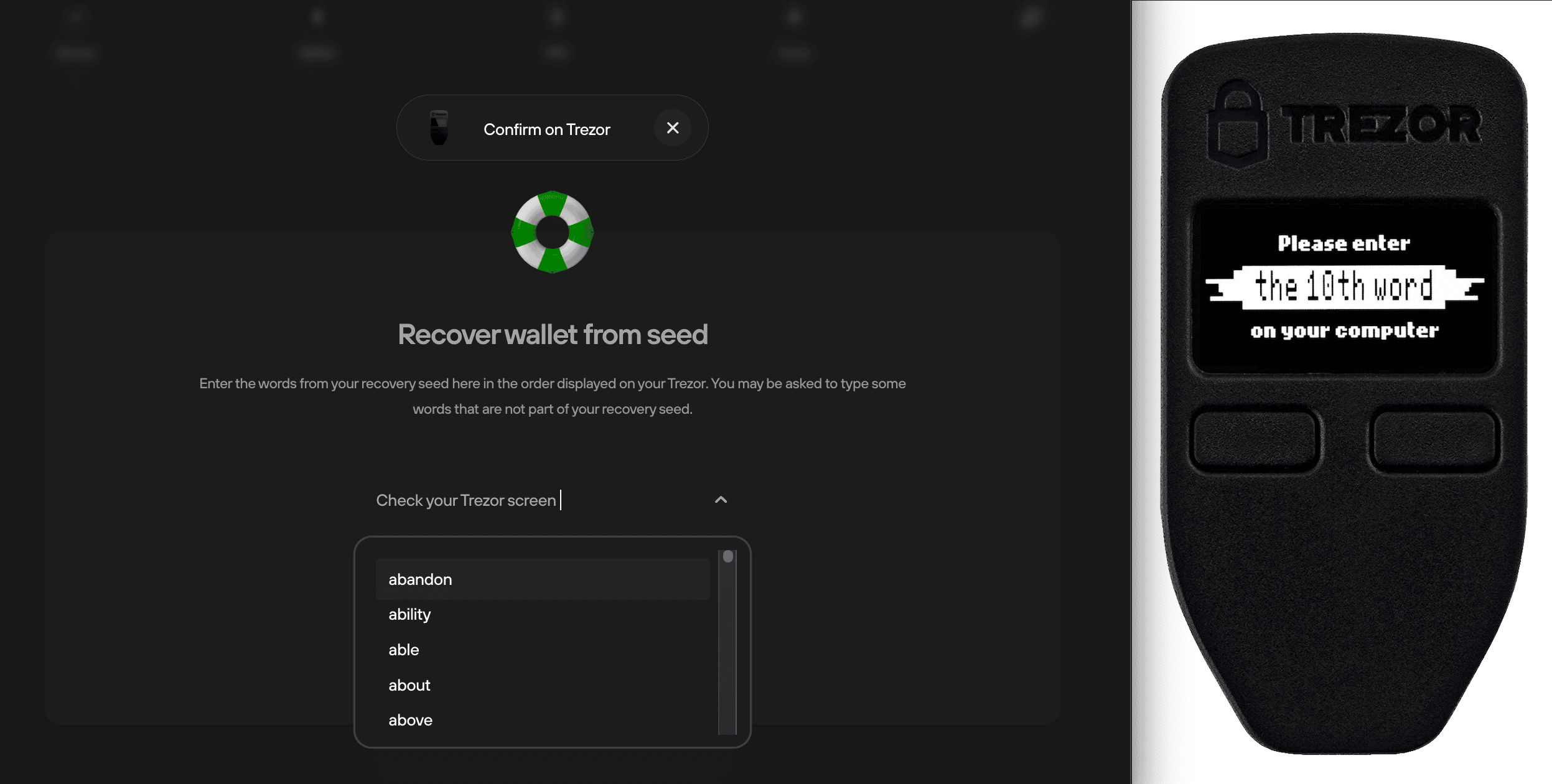
Trezor Model One lacks support for certain major coins, including Monero, Cardano, and Ripple. Users seeking these coins will need the Trezor Model T or should consider Ledger.
-
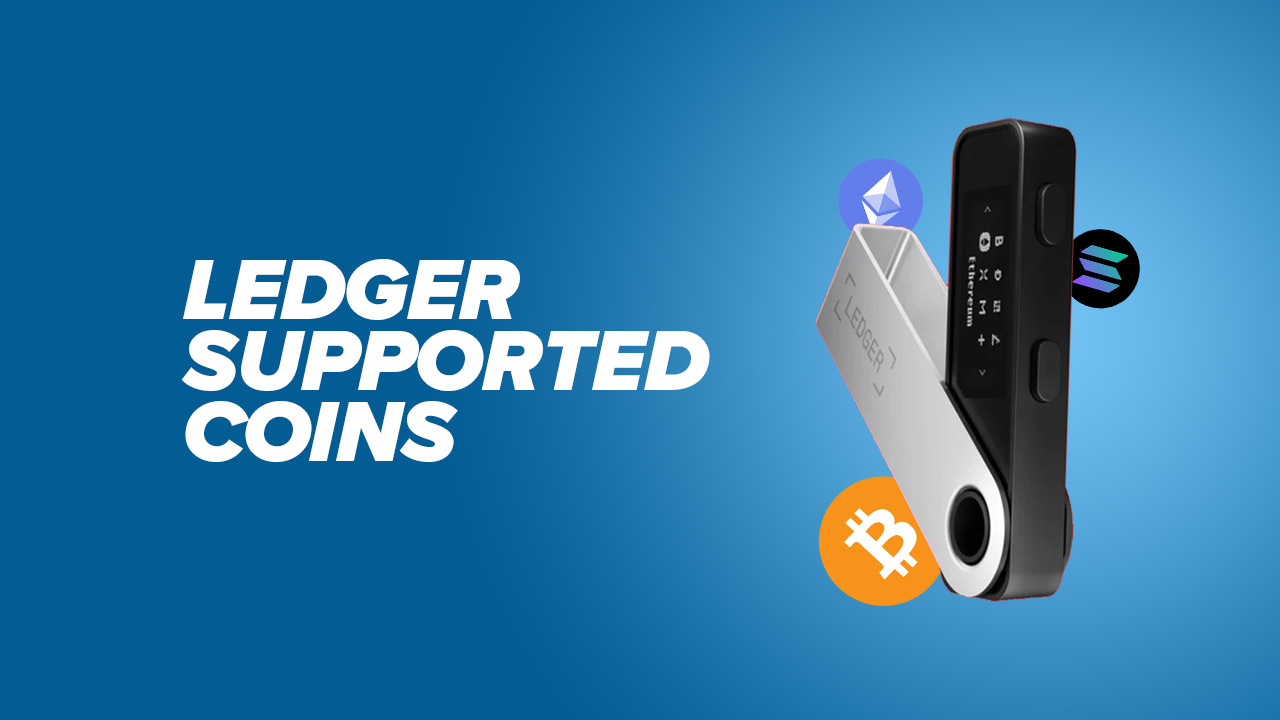
Ledger is connected to more blockchains overall, making it the preferred choice for users managing complex or diverse crypto holdings across multiple networks.
Security Showdown: Closed Source vs Open Source Transparency
Your hardware wallet is your vault. Here’s how each brand protects your keys:
- Ledger: Employs a proprietary Secure Element chip plus their closed-source BOLOS OS. This dual-layer system is designed to thwart both physical tampering and digital exploits (source). Some users love this fortress approach; others prefer open code audits.
- Trezor: Runs fully open-source firmware so anyone can inspect the code for vulnerabilities. The Model T adds Shamir Backup, a next-level recovery method that splits your seed phrase into multiple shares for extra resilience (source).
User Experience and Connectivity: Mobile Freedom or Desktop Simplicity?
If you want Bluetooth access on the go, Ledger Nano X has you covered, pair it with your phone for mobile management without cables (source). The Nano S Plus drops Bluetooth but keeps things affordable at $79.
Trezor wallets connect via USB only. But the Model T’s touchscreen lets you enter PINs directly on-device, no more squinting at tiny screens or clicking endless buttons!
Which Crypto Hardware Wallet Fits Your Lifestyle?
Choosing between Ledger and Trezor can be tricky. Take this interactive quiz to discover which wallet matches your needs, preferences, and security priorities!
Let’s talk price – because your first hardware wallet should be a power move, not a budget regret. Ledger’s lineup starts with the Nano S Plus at $79, the Bluetooth-enabled Nano X at $149, and the futuristic Stax at $279. Trezor’s Model One is a wallet-friendly $69, while their touchscreen Model T sits at $219. These are the latest 2025 prices, so you can compare apples to apples with confidence.
Cryptocurrency Price Comparison: 6-Month Performance
Current and 6-Month Historical Prices for Major Cryptocurrencies (as of 2025-10-02)
| Asset | Current Price | 6 Months Ago | Price Change |
|---|---|---|---|
| Bitcoin | $118,654.00 | $60,000.00 | +97.8% |
| Ethereum | $4,406.64 | $3,000.00 | +46.9% |
| Solana | $225.02 | $150.00 | +50.0% |
| Cardano | $0.8606 | $0.5000 | +72.1% |
| XRP | $2.98 | $1.50 | +98.7% |
| Dogecoin | $0.2574 | $0.1000 | +157.4% |
| Polkadot | $4.22 | $2.50 | +68.8% |
| Litecoin | $118.12 | $80.00 | +47.6% |
Analysis Summary
Over the past six months, all major cryptocurrencies have experienced significant price increases, with Dogecoin and XRP leading in percentage growth. Bitcoin, the primary asset for hardware wallet users, has nearly doubled in value, reflecting strong market momentum and increased adoption.
Key Insights
- Bitcoin’s price surged by +97.8% in six months, reinforcing its dominance and relevance for hardware wallet users.
- Dogecoin delivered the highest 6-month growth at +157.4%, followed by XRP at +98.7%.
- All listed assets posted double-digit percentage gains, signaling a broad market uptrend.
- Ethereum and Litecoin saw more moderate, yet substantial, increases, suggesting steady investor confidence across the sector.
This comparison uses real-time price data as of 2025-10-02, referencing both current and 6-month historical prices from CoinGecko for each asset. Only the provided, verified data was used for accuracy.
Data Sources:
- Main Asset: https://www.coingecko.com/en/coins/bitcoin
- Ethereum: https://www.coingecko.com/en/coins/ethereum
- Solana: https://www.coingecko.com/en/coins/solana
- Cardano: https://www.coingecko.com/en/coins/cardano
- XRP: https://www.coingecko.com/en/coins/xrp
- Dogecoin: https://www.coingecko.com/en/coins/dogecoin
- Polkadot: https://www.coingecko.com/en/coins/polkadot
- Litecoin: https://www.coingecko.com/en/coins/litecoin
Disclaimer: Cryptocurrency prices are highly volatile and subject to market fluctuations. The data presented is for informational purposes only and should not be considered as investment advice. Always do your own research before making investment decisions.
Feature Rundown: What Sets Each Device Apart?
Each device brings something unique to the table. Here’s how they stack up for first-time users and active traders alike:
5 Key Differences: Ledger vs Trezor for Beginners
-
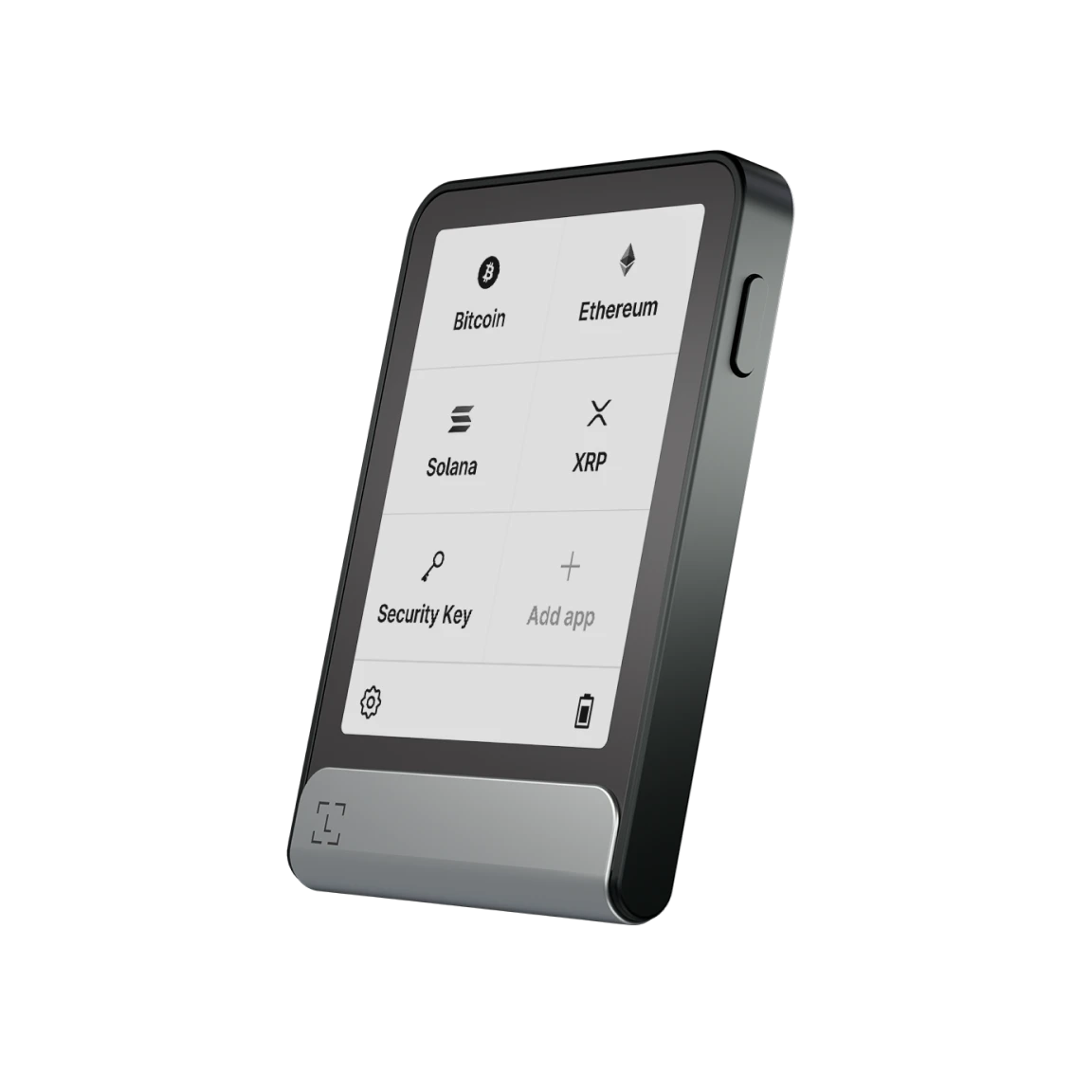
1. Supported Cryptocurrencies: Ledger supports over 5,500 cryptocurrencies, far surpassing Trezor’s 1,800+. This gives beginners more flexibility as their portfolio grows.
-
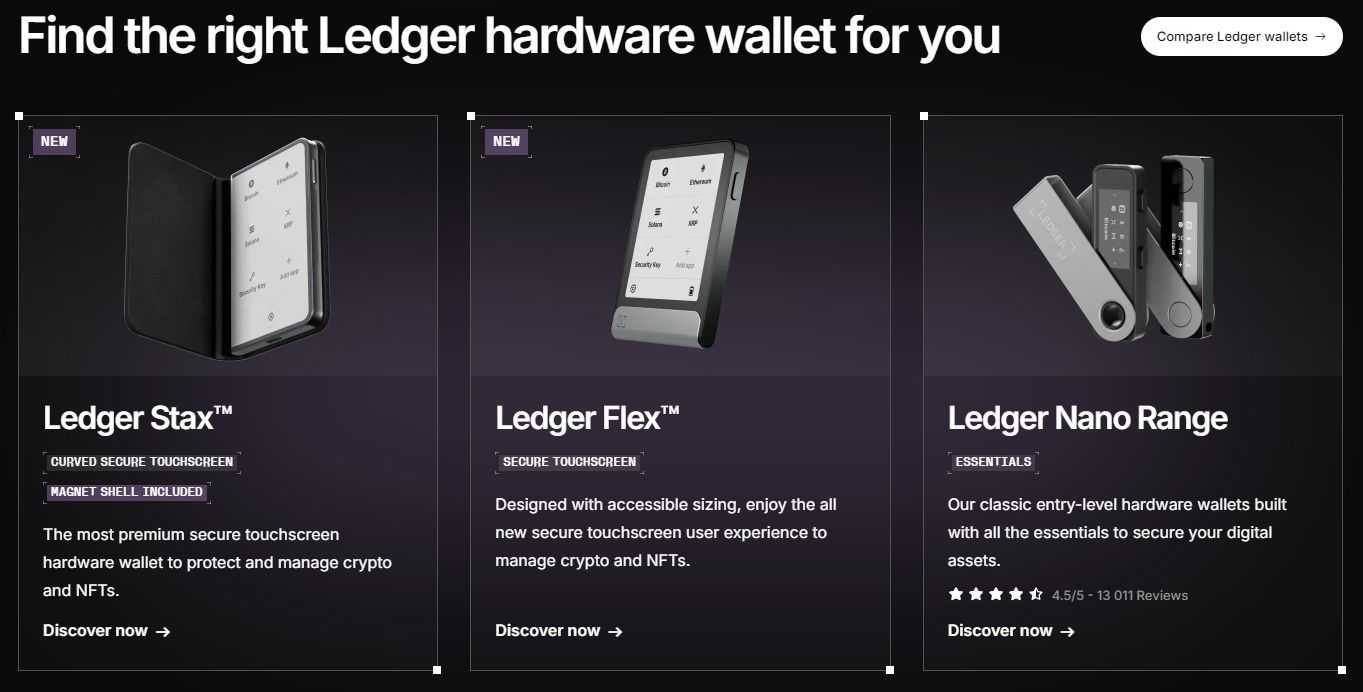
2. Security Architecture: Ledger uses a proprietary Secure Element chip and a closed-source OS (BOLOS), while Trezor offers open-source firmware and the advanced Shamir Backup system on the Model T.
-
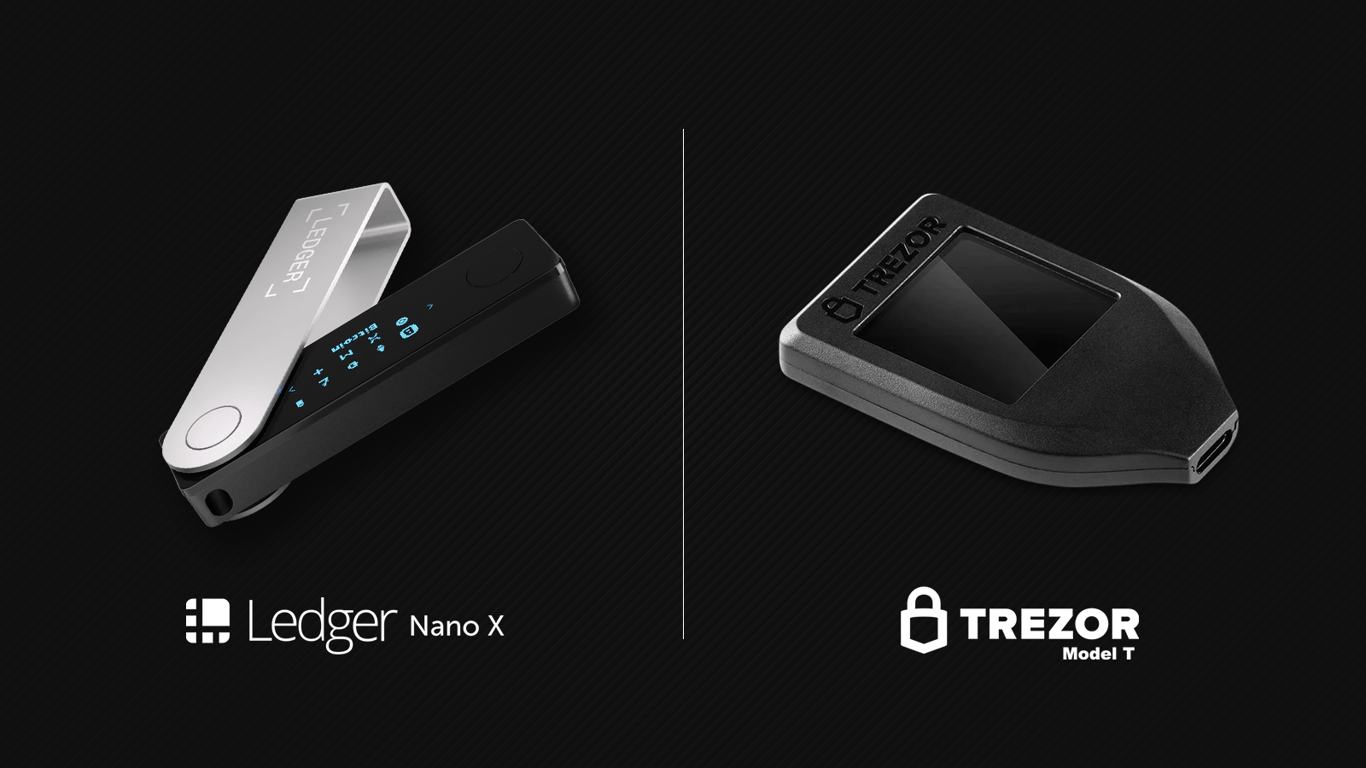
3. Device Design & Durability: Ledger devices feature a brushed stainless steel case for extra durability, whereas Trezor wallets are made of plastic but offer a color touchscreen on the Model T for easier navigation.
-

4. Mobile Connectivity: The Ledger Nano X offers Bluetooth connectivity for seamless mobile use, while Trezor models connect via USB only, limiting on-the-go flexibility.
-
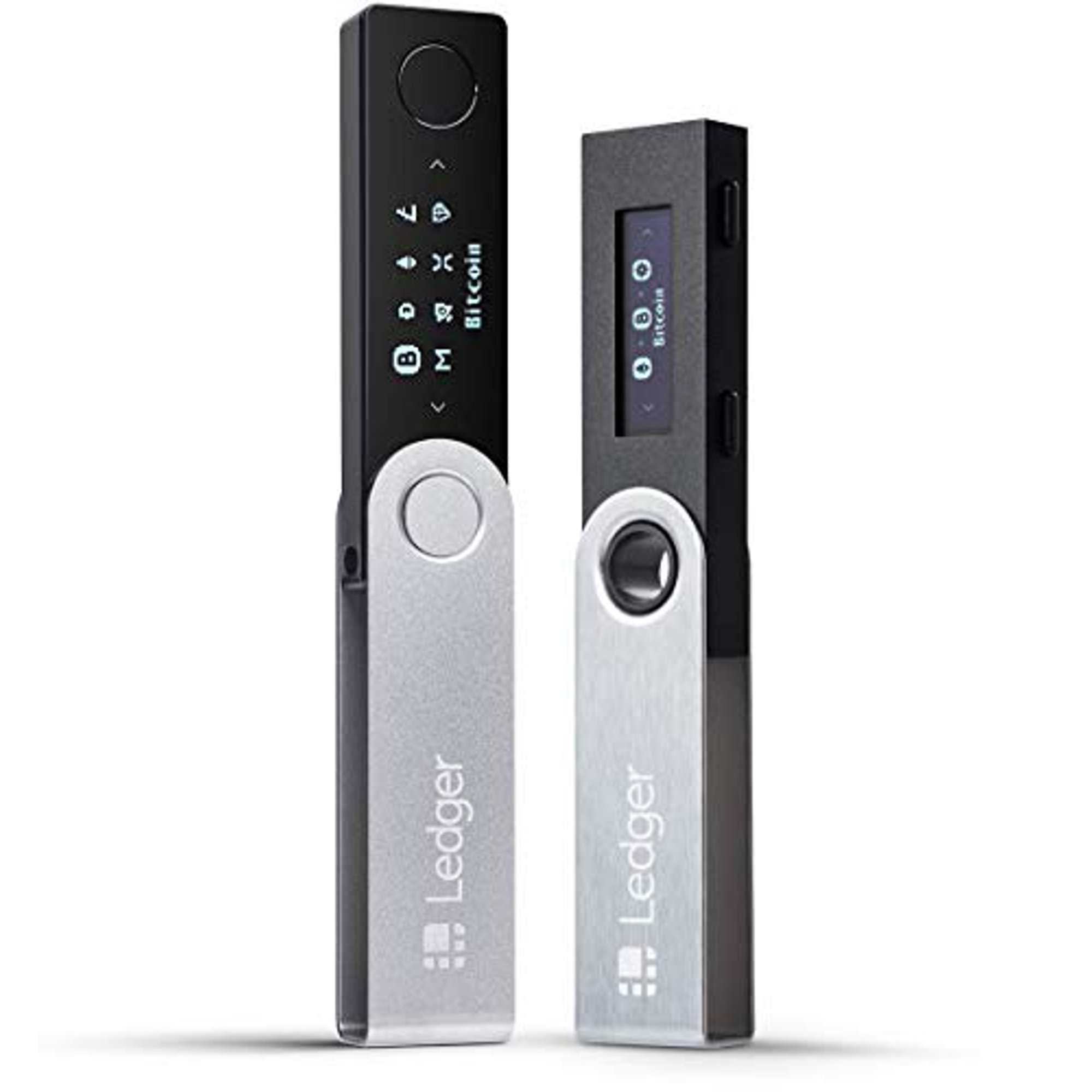
5. Pricing for Entry-Level Models: Ledger Nano S Plus is priced at $79, while the Trezor Model One is slightly cheaper at $69, making both accessible options for beginners.
If you’re all about maximum coin support and mobile flexibility, Ledger wins hands down. Need Bluetooth? Go Nano X. Obsessed with security layers? The Secure Element chip is a fortress.
Prefer open-source transparency and a color touchscreen for PIN entry? The Trezor Model T is your jam. For those sticking to Bitcoin, Ethereum, or major coins – or if you want Shamir Backup for next-level recovery – Trezor delivers simplicity with serious peace of mind.
Real-World Scenarios: Which Wallet Fits Your Style?
Still undecided? Let’s break it down by user type:
- The Altcoin Collector: You want access to every token under the sun. Pick Ledger.
- The Security Maximalist: You value closed systems and certified chips. Ledger’s Secure Element is hard to beat.
- The Open-Source Purist: You trust in code audits and community-driven updates. Trezor is your match.
- The Simplicity Seeker: You want easy setup and intuitive touch controls. Trezor Model T makes onboarding smooth.
- The Budget Beginner: You’re just starting out but want robust protection. Both Ledger Nano S Plus ($79) and Trezor Model One ($69) deliver excellent value.
Final Checklist: Choosing Your First Crypto Hardware Wallet
Your crypto journey deserves a secure foundation. Whether you lean toward Ledger’s industrial build and massive coin list or Trezor’s open-source ethos and user-friendly touchscreens, both brands set you up for success in 2025. Just remember: always buy direct from official sources to avoid tampered devices – safety first!
Nina Archer says: “Seize the micro-moment! The right hardware wallet isn’t just about specs – it’s about how confidently you can move in crypto every single day. “
